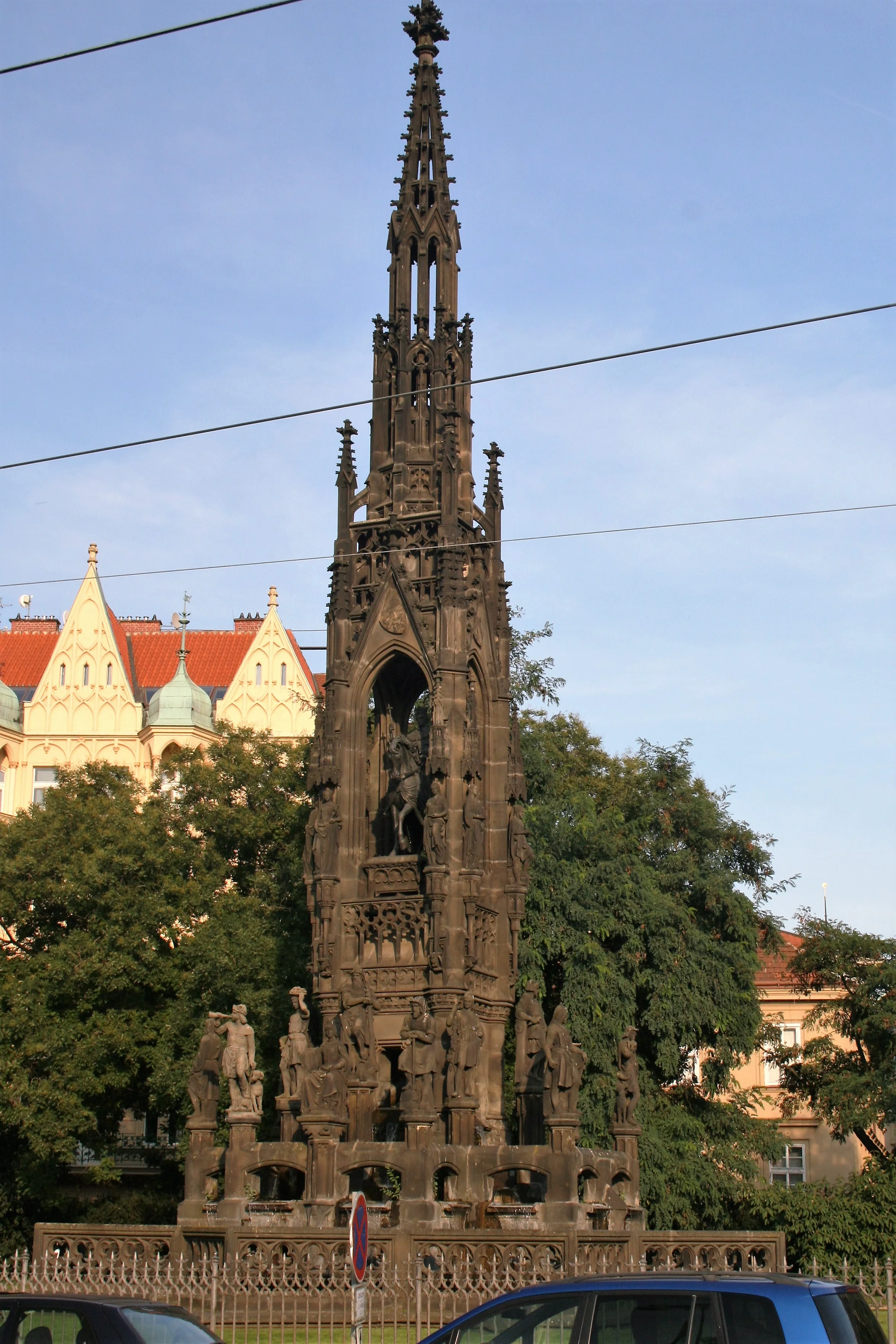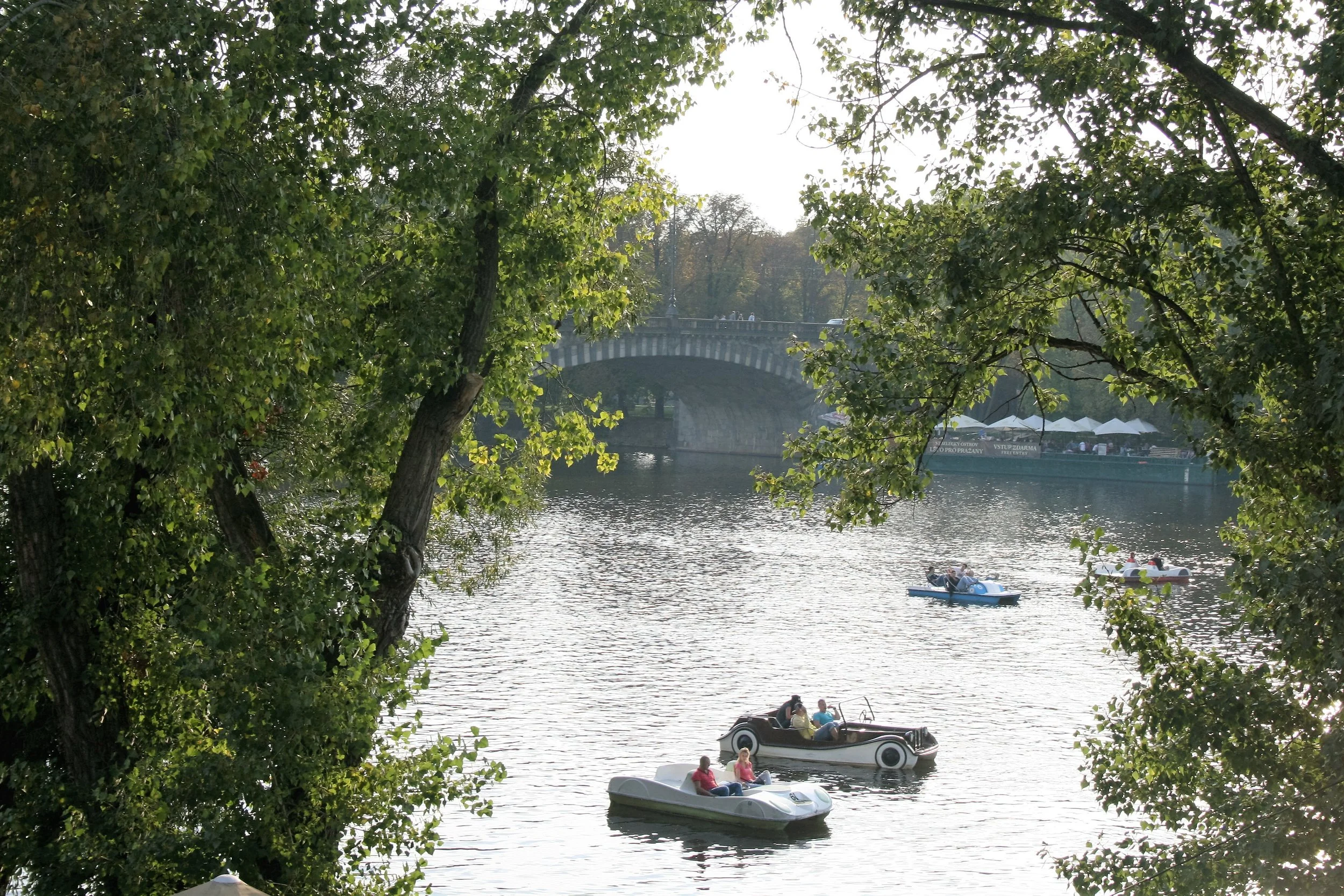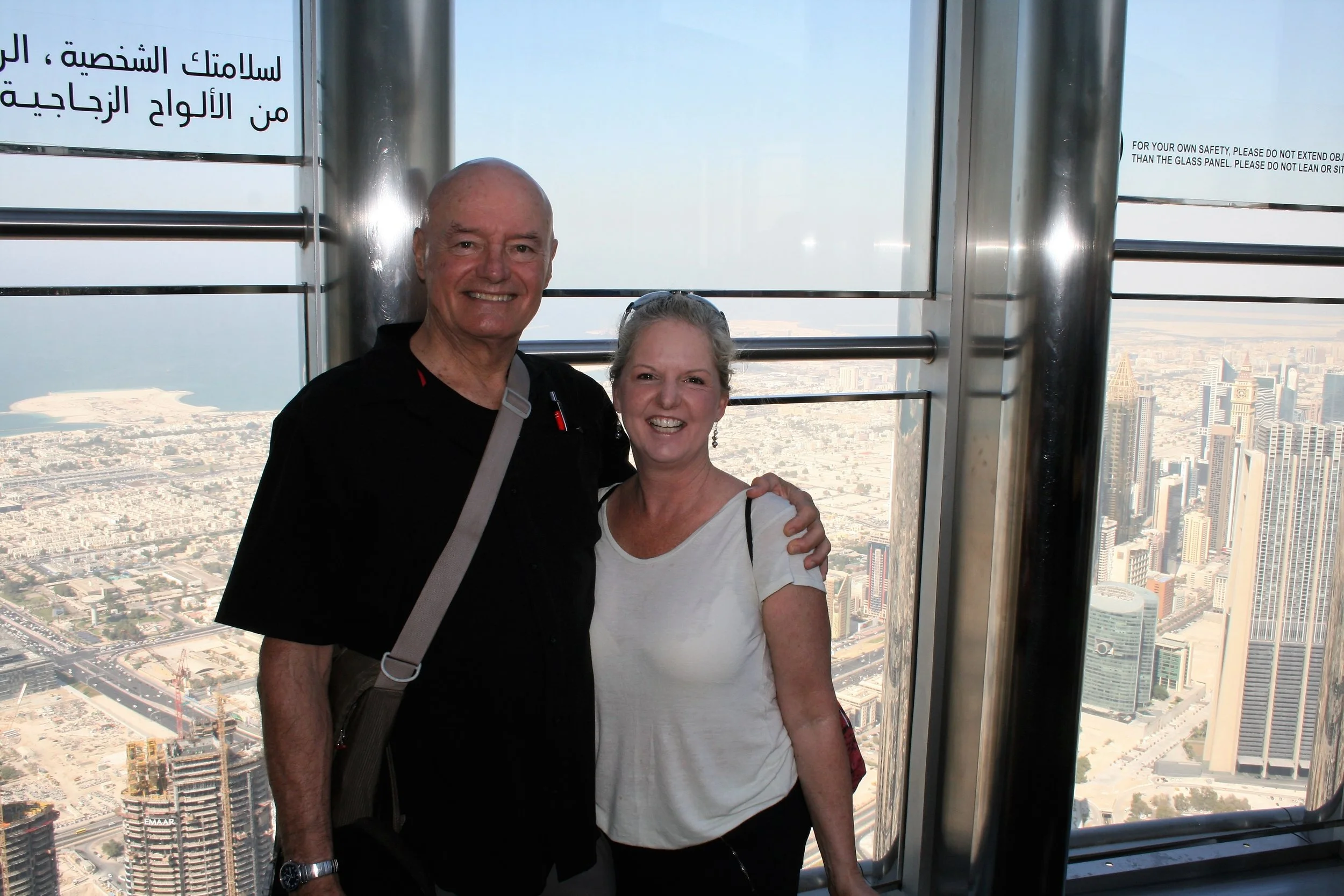Prague Czech Republic should be raved about more often!
If you asked me what was the most unexpected surprise from this trip was, I’d have to say, the history lesson. At each place we have gone, I have walked away with a history lesson. Prague was no exception.
Prague was under communist rule until 1989. In the last 27 years Prague has governed itself with a President and a Prime Minister. The President is the head of the state and the Prime Minister is the head of the government.
The one thing I noticed right away when we arrived is how clean the city is. The public transit is efficient, reliable and very affordable. The prices of everyday goods and food seem to be very reasonable. I also noticed that there was a lack of any homeless people. When I see no homeless people, I tend to think they just have located them in an out of the way area so tourists like me do not see them. I also noticed that there were extremely few people pan handling. The pan handlers that we did see were on the ground with their forehead on the pavement and a hat placed in front of them (I believe they have strict rules for panhandlers). I looked up homelessness in Prague and found this unique opportunity they are providing their homeless people. I have included the link if you are interested.
One other thing that I learned about Czech Republic was it has the lowest persistent poverty rate and overall poverty rate in all of the European Union. When you add that to the fact that their government has only been in place since 1989 after the fall of Communism, I think Czech Republic deserves a big applaud.
The other most noticed thing about Prague is the number of old buildings. In the beginning of WW II the Czech Republic let the Nazi occupy Prague and didn’t put up much resistance. This meant there was not near as much fighting and bombing and destroying of the buildings. Another notable event is the fact that the Yalta agreement at the end of WW II gave the Czech area to the Russians so they had to endure another 41 years of rule under Communist so they did not become the Czech Republic until 1989. They have flourished under a democratic government and a member of the EU ever since.
We enjoyed Prague and following are the places we were able to see.
--- The Prague Castle, St. Vitus Cathedral, St. Georges Basilica, Golden Lane, and Powder Tower. This is the largest castle complex in the world and a UNESCO World Heritage site. The buildings very in age and style with the most prominent being the St. Vitus Cathedral. The oldest part of the complex dates to 1060. Several fires have caused it to be rebuilt several times.
--- The astronomical clock was first installed in 1410 and it is now the third oldest astronomical clock in the world and the oldest one that is still working. It shows the position of the Sun and Moon, Zodiac ring, Old Czech time (the 24th hour is the time of sunset – 24th hour can differ by 4hr 16min throughout the year), Sun and Moon position, calendar and the current time.
--- An amazing number of swans in the Vltava river.
--- Basilica of St. Peter and St. Paul in the Vysehrad fortress founded in 1070-1080. The original church suffered fire damage in 1249. The current church was built in 1885.
Prague was a pure joy to spend time at. We didn’t plan enough time there. I would have loved to travel away from the city to some of the rural areas or other parts of the city center. Beth





















































